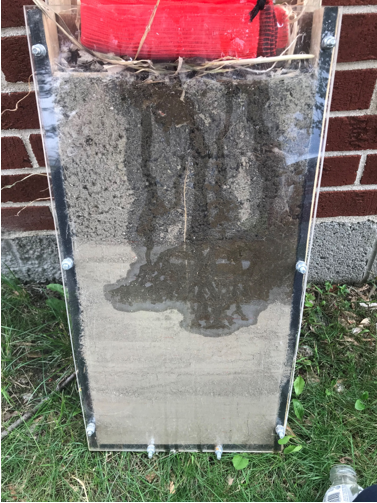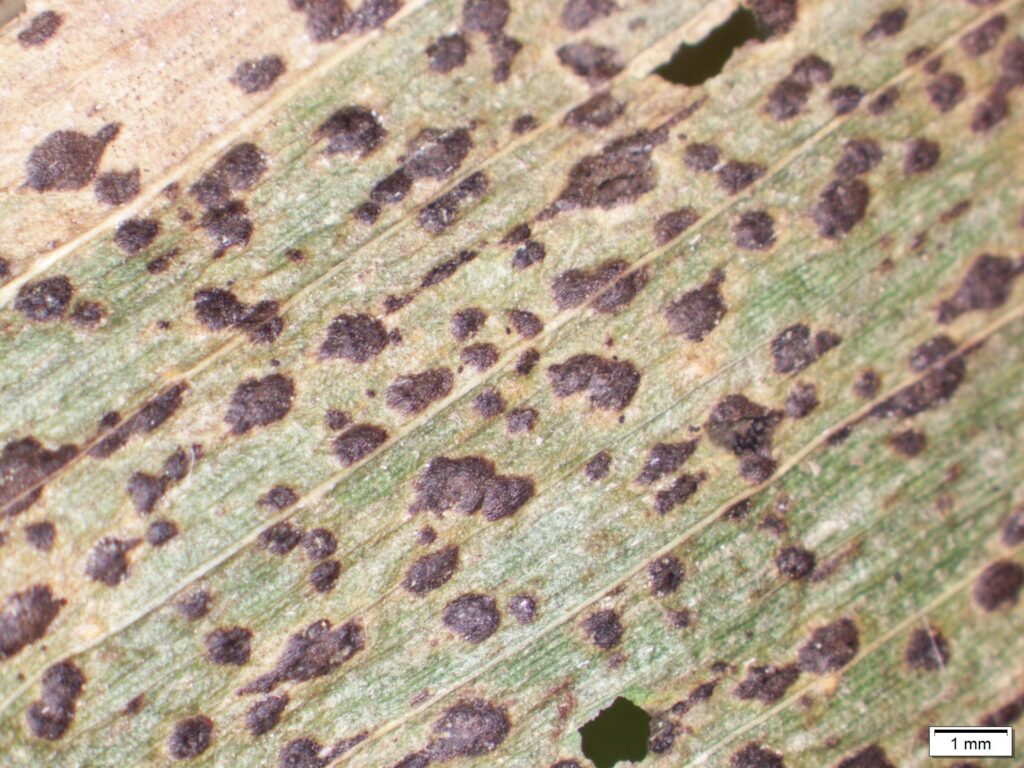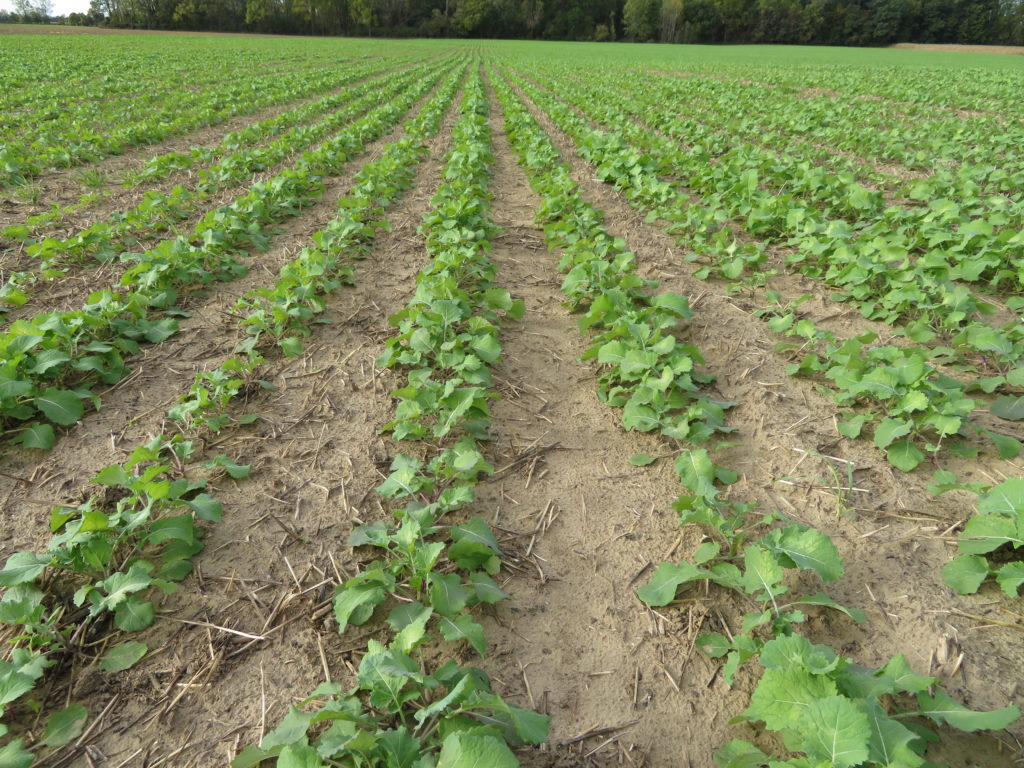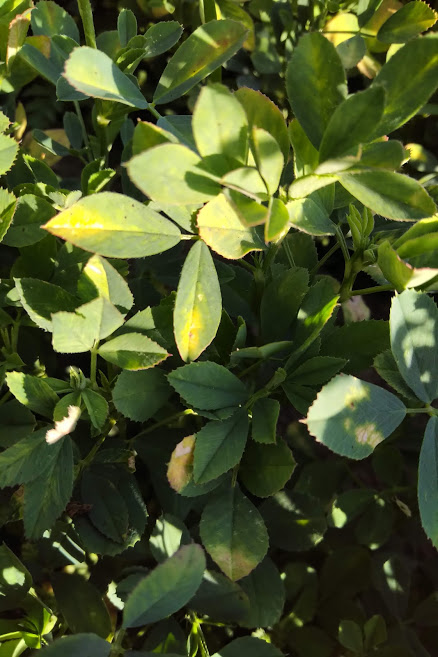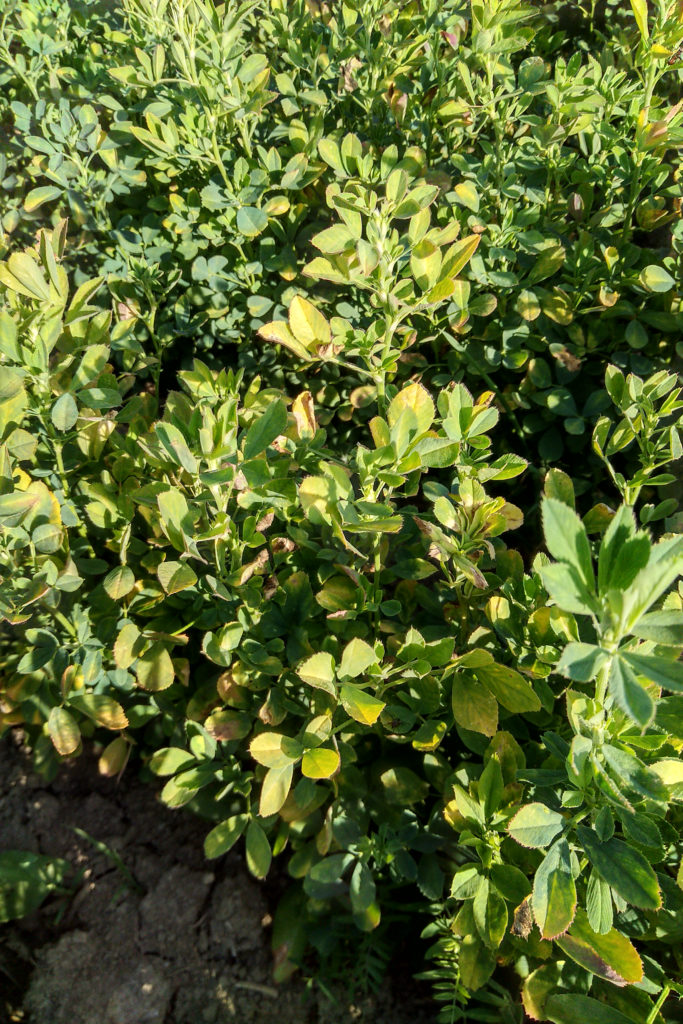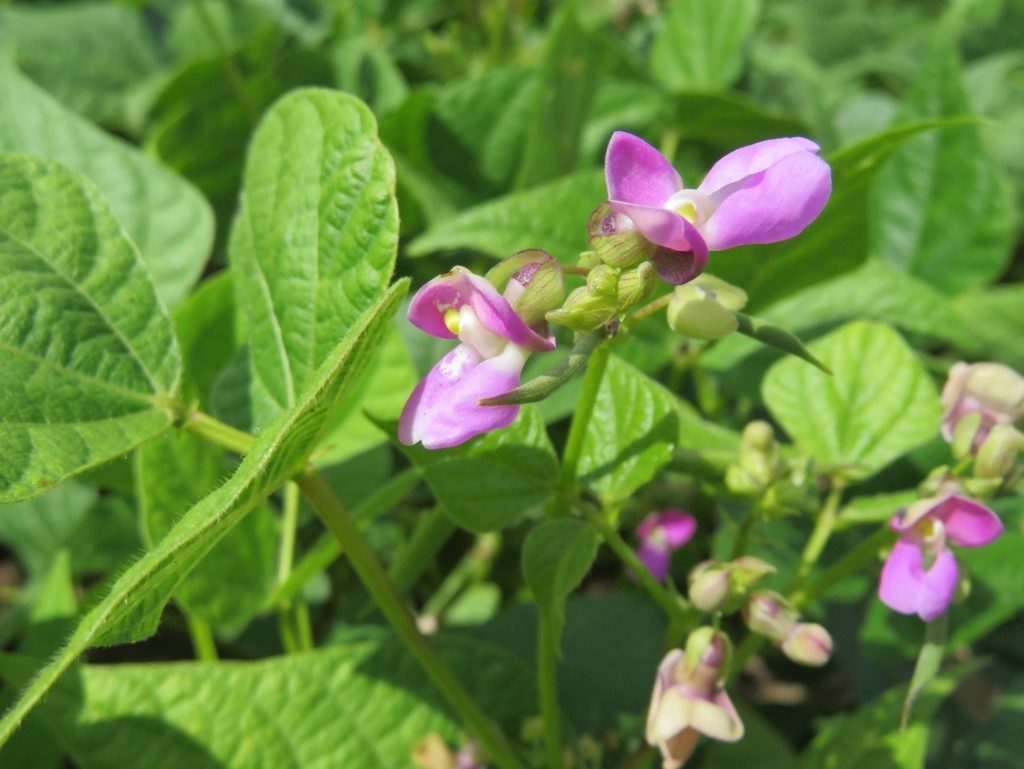Scouting Guidelines to Determine Possible Rootworm Resistance
Scouting for corn rootworm injury is important to detect potential resistance to rootworm Bt traits and to plan management options for the next growing season. It is especially important to report any fields showing signs of suspected resistance to your corn agronomist and the provincial entomologist. Rootworm larvae feed below ground on corn roots from […]
